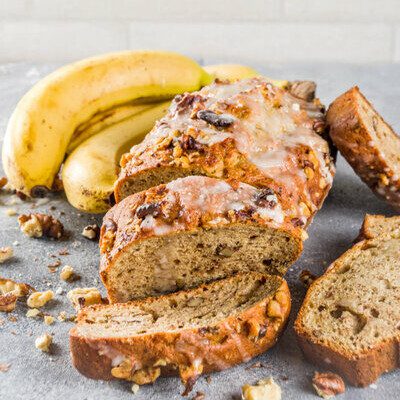
Vegetarian Baking
What is Vegetarian Baking?
Vegetarian baking involves the production of baked goods to meet the requirements of the following diets:
- Lacto-ovo vegetarians
- Lacto vegetarians
- Ovo vegetarians
- Vegans
Traditional artisan-type bread, rustic bread, and many other sweet baked goods may be considered inherently vegetarian products. Cereal flour, water, baking powder, yeast, sugar, salt, and many other bakery ingredients are naturally vegetarian.
Origin
Alongside keto baking, the vegetarian baking concept has become more popular with the advent of clean labeling and 100% natural baking trends. Nowadays, due to different motivations, personal choices, and beliefs, younger generations are starting to demand plant-based products which are strictly made from plant raw materials and do not contain any components from animal sources.
How it works
A vegetarian is someone who does not eat any type of meat, poultry, fish, shellfish, or by-products of animal slaughter. Vegetarian diets contain various levels of fruits, vegetables, grains, pulses, nuts, and seeds. The inclusion of dairy, honey, and eggs depends on the type of vegetarian diet.
The most common types of vegetarians include:1
- Lacto-ovo vegetarians: vegetarians who avoid all animal flesh, but do consume dairy and egg products
- Lacto vegetarians: vegetarians who avoid animal flesh and eggs, but do consume dairy products
- Ovo vegetarians: vegetarians who avoid all animal products except eggs
- Vegans: vegetarians who avoid all animal and animal-derived products
Based on what has been stated, one may conclude that vegetarian baking implies the production of baked goods according to any of the vegetarian diet definitions above.
Application
Vegetarian baking may be challenging for consumer groups who do not consume eggs and their derivatives. In the case of cakes (virtually all their forms), large quantities of whole liquid eggs are used. Usually, in the 80 to 130% baker’s range. Eggs contribute not only to the color and flavor of the finished product but also provide the following functionalities:
- Structure setting of cake crumb upon heating (ovalbumin protein coagulation)
- Emulsification and colloidal stabilization of bakery foams and emulsions (batters) due to the presence of lecithin (egg yolks)
- Hydration of solids due to the presence of water (about 75% weight) in fresh and liquid whole eggs
- Nutrition profile is excellent and cannot be ignored
- Leavening, creaming, and foaming action in combination with granulated sugar and fats/oils
Proper replacement of eggs must be executed if comparable quality in the finished product is expected.
In the case of milk, dairy products, and animal fats, they can be more easily replaced since their technological functions are not as vital as eggs. Vegetable oils and the proper execution of alternative creaming methods can help obtain equivalent aeration and volume.
References
- Medical News Today, What is the difference between veganism and vegetarianism? https://www.medicalnewstoday.com/articles/325478, Accessed 29 december 2021.

